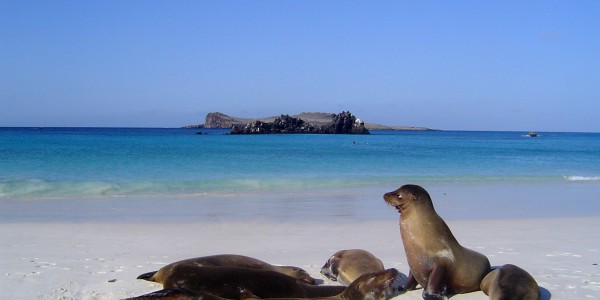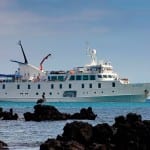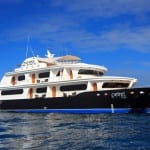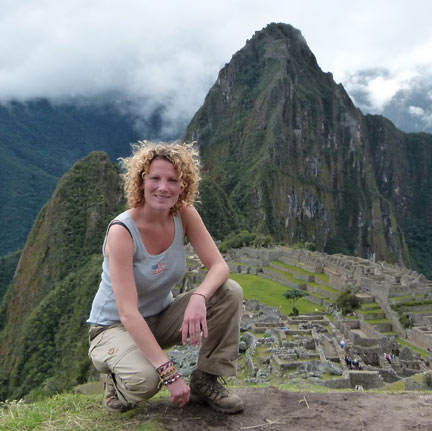Lying 1000 kilometres (600 miles) off Ecuador’s Pacific Coast, the Galapagos Islands emerged approximately five million years ago as a result of violent volcanic action. The archipelago now consists of 13 major islands, 6 smaller ones, and scores of islets that are all part of Ecuador’s National Park system.
The Galapagos Islands
Why visit The Galapagos Islands ?
- Go snorkelling with the cheeky & enchanting sea lions
- See the baby Giant Tortoises at the Charles Darwin Research Station
- Stare out at the other magical islands from your infinity pool
- Send an unstamped postcard from Post Office Bay on Floreana Island
- Kayak with sea turtles around Divine Bay on Santa Cruz Island
In 1835, the naturalist Charles Darwin visited the islands and discovered this ‘living laboratory’ which inspired his writings on the theory of evolution. Many of the animals on the Galapagos Islands have developed into different species from their continental relatives, and because they have never experienced man as a predator, they show no fear of humans. In fact, when Darwin published his book ‘The Origin Of The Species’, the nineteenth-century thinkers confirmed long held suspicions that species were not immutable and praised the archipelago as a living laboratory, which has become the greatest observatory of the process of evolution.
The best way to visit the islands is to join a cruise, many of which last for 7 nights, although it is possible to join a shorter cruise on selected boats. There is a wide variety of vessels, ranging from the small motor yachts with just a few cabins to much larger boats. The cruises offer daily land and water based activities led by extremely knowledgeable naturalist guides, including on-board lectures, hikes on the various islands and snorkelling as well as plenty of time to relax and enjoy the views from aboard your luxury yacht.
For those who prefer to be on terra firma, it is also possible to stay at one of the hotels and enjoy daily water and land based activities arranged by the hotels.
LOCATION
ECUADOR KEY INFO
Visa
No Visa is required for UK passport holders.
Health Requirements
No mandatory vaccinations are required.
Time Difference
GMT - 5 Hours
Flight Time
13.5 hours with one stop
NEWSLETTER SIGNUP
Keep up-to-date with the latest travel trends, inspiration for future trips and competitions to win luxury travel vouchers.
Subscribe
































